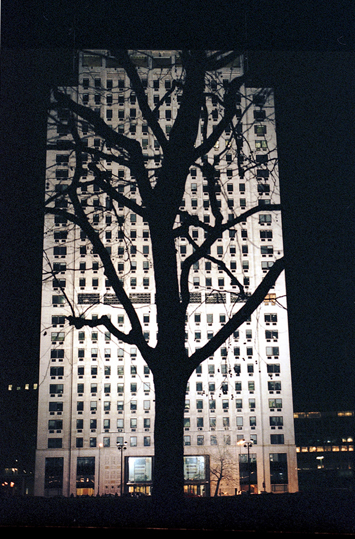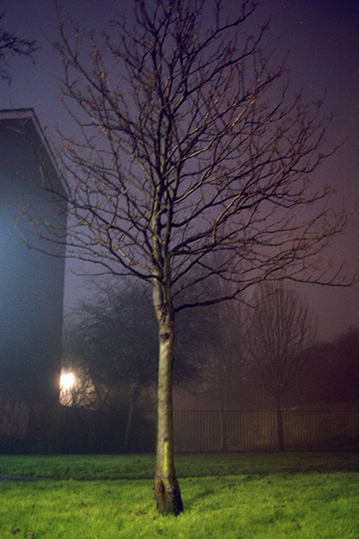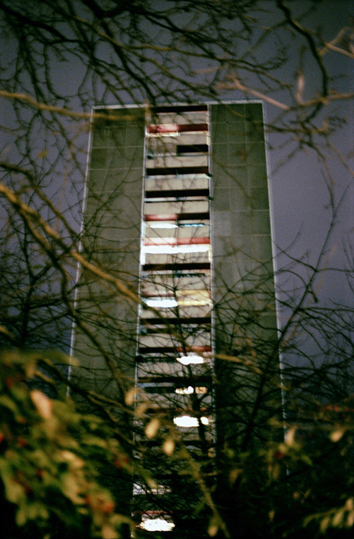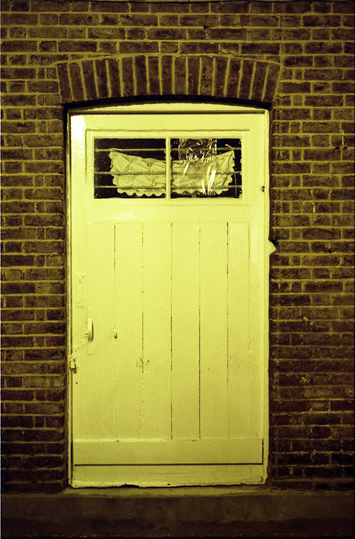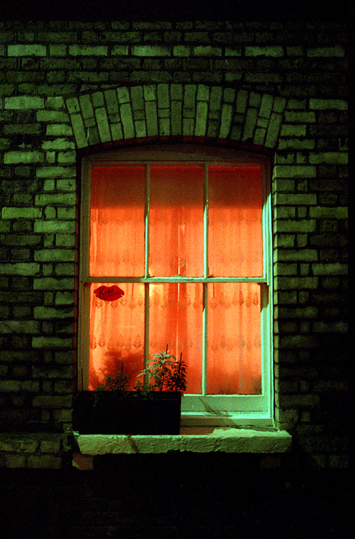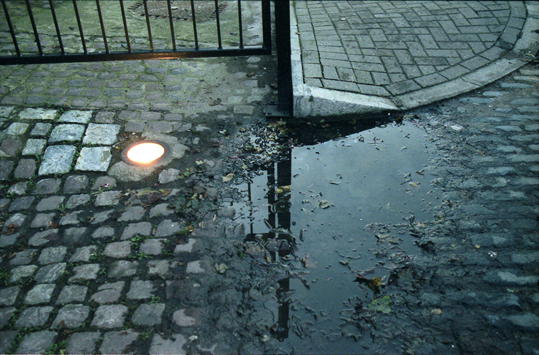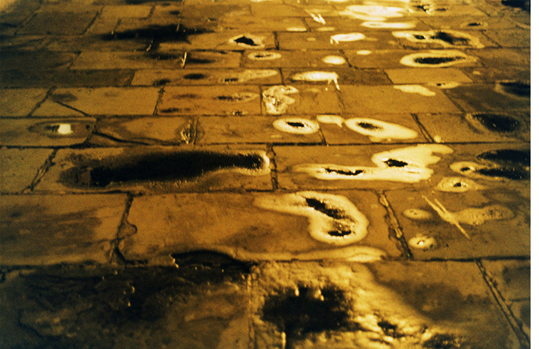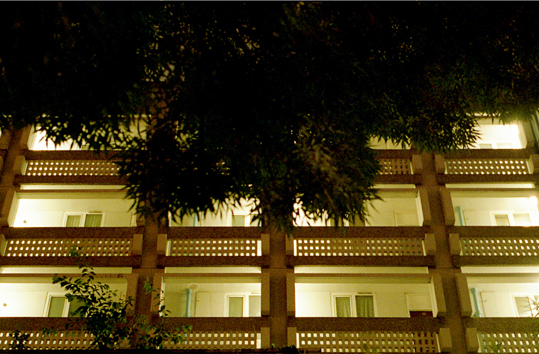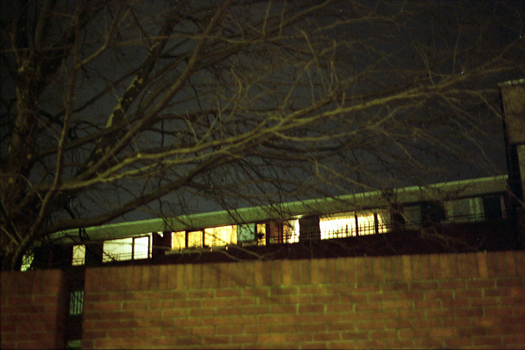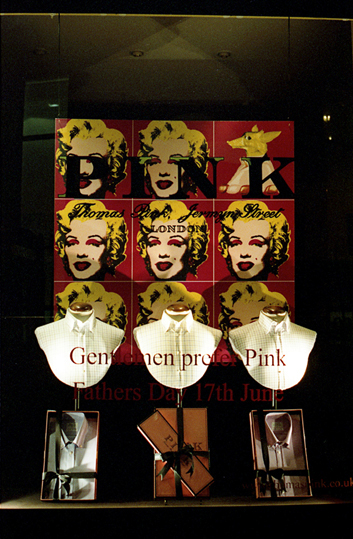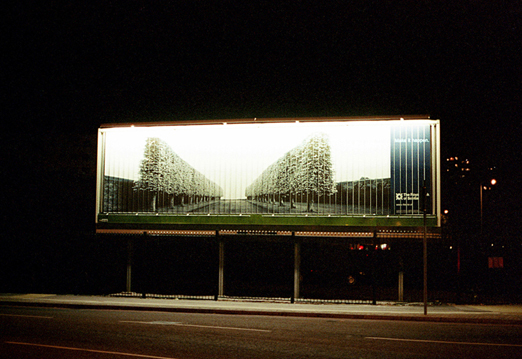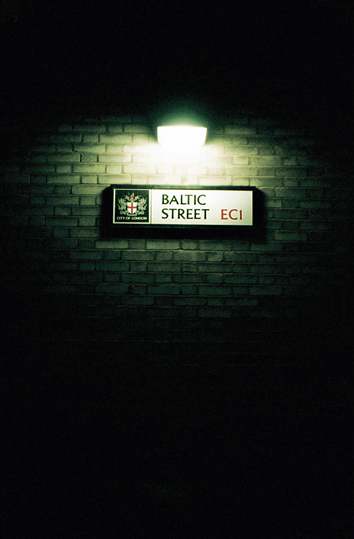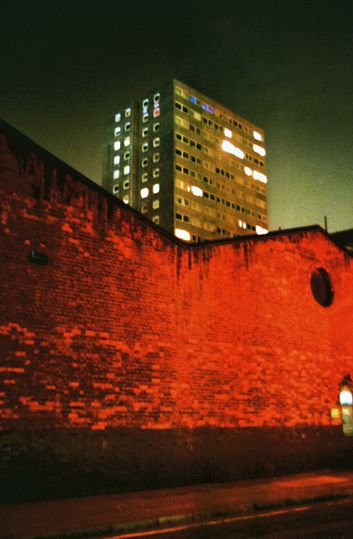GRIDS
This series by Eleni Mouzakiti explores the concept of the grid. Repetitive elements characterised by geometrical regularity compose spaces, which, although inhabited look two-dimensional. We tend to organise a living space based on repetition. Repetition offers security, makes one fell at home. These photographs try to offer this same feeling by isolating parts of the urban space. The presentation of the works conveys a similar structure. The framing (parergon) repeats the framed reality (ergon). This is the main feature of the grid as it was formulated by American art criticism during the 60’s and the 70’s. Both Michael Fried and Rosalind Krauss, although in disagreement about the evaluation of this so common artistic structure , acknowledge the fact that the structure of the grid implies the work’s continuation into the world (beyond the frame). Michael Fried notoriously condemned this tendency criticising it as “theatricality”. Mouzakiti’s boxes do look like little stages that convert reality into a scene. Krauss traced the roots of the grid back to the bedrock of the avant-garde. She perceived in these structures the ambition of the avant-garde to reorganise the world according to a new spiritual order. Behind the geometrical purity of the grid lies a deep ambiguity. Grid is an obsession. Obsessions resist rationalisation.
K. Ioannidis
Art Historian
Series of 50 photographs.
Lambda Print, 12.5 X 19 cm. Framed in a (3 cm deep) black wooden box, 2000-2005, edition of 7.
